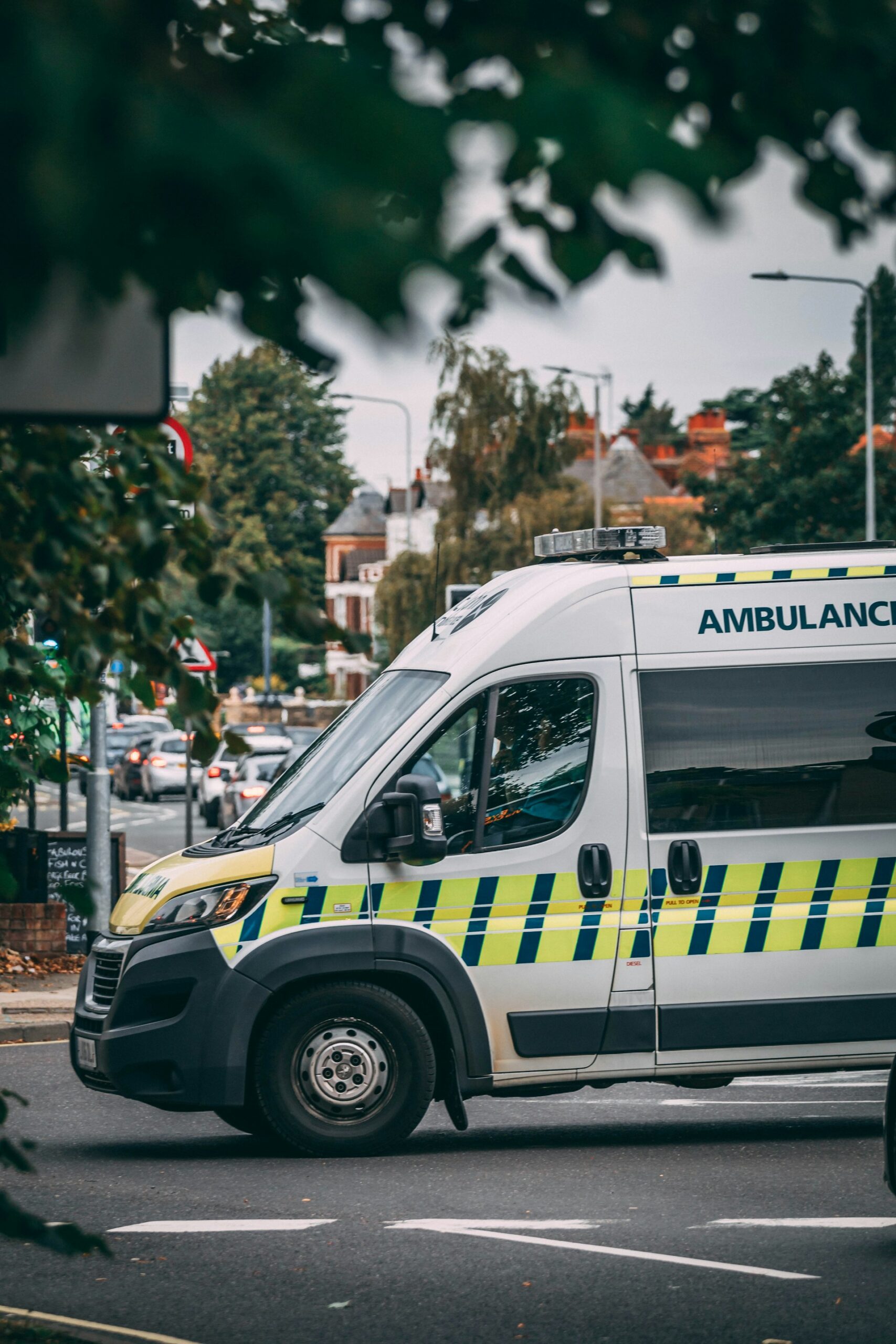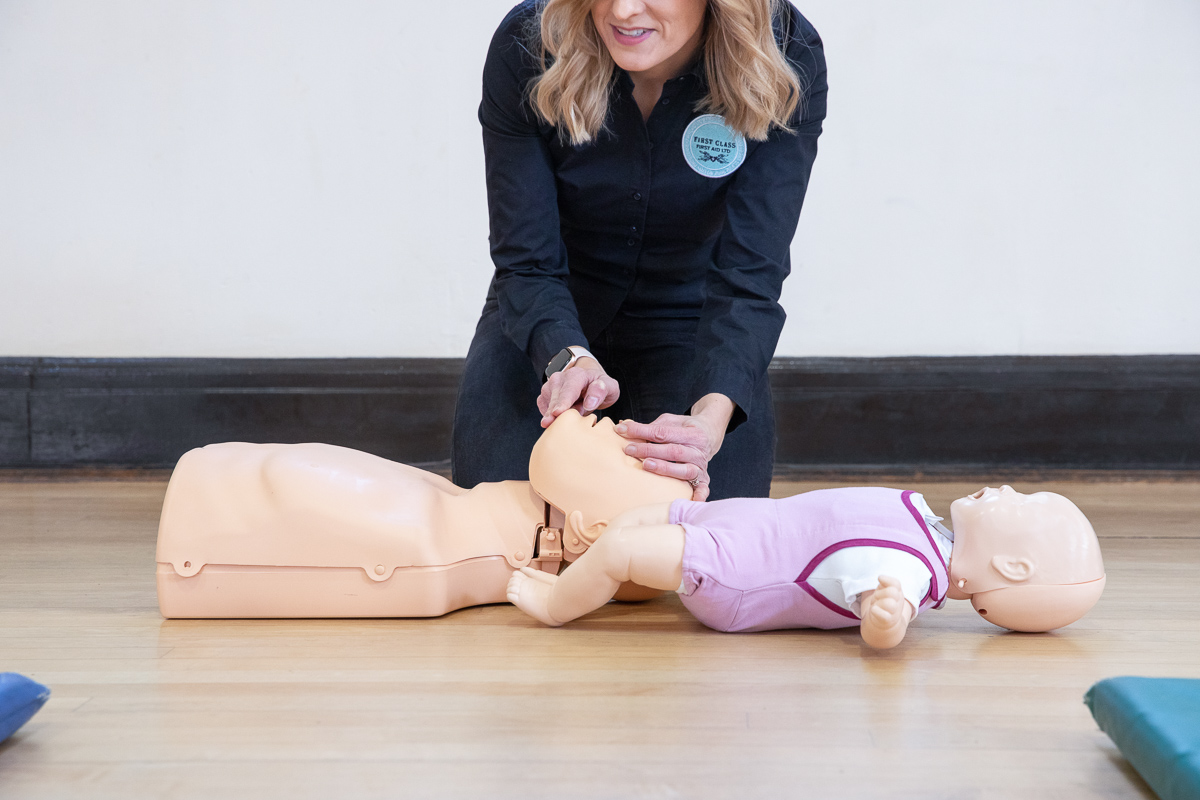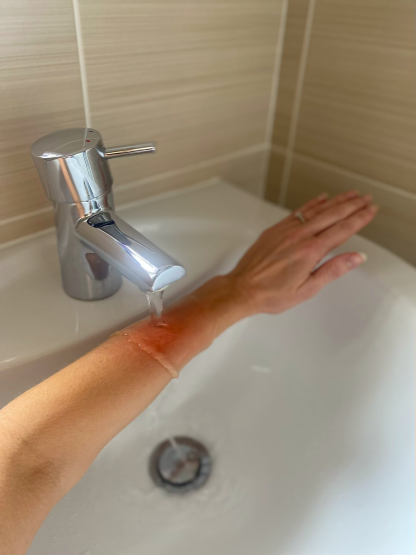Here at First Class First Aid one of the most common fears I hear my learners talk about, and one I share as a parent, is the prospect of dealing with choking.
It’s a scary thought and young children are especially at risk; putting things in their mouth is how they explore the world. It’s important that we keep small objects such as marbles or beads out of reach.
However careful we are, a child may still choke; either on something they have put in their mouth or on food they are eating. The important thing is that we know what to do in this situation.
When we think about choking, there are two types of casualty we could be faced with: those with an effective cough and those that are only able to make very little or no sound.
Effective cough
If our casualty can cough, they are able to breath, and we just need to stay calm and encourage them to keep coughing until the obstruction is clear. If you can see an object, you can try to remove it, but don’t poke blindly as you could push it further into the airway.
Recognising an ineffective cough
If our casualty is exhibiting any of the following symptoms, we need to step in quickly to help:
· Difficulty in speaking and breathing
· Clutching at their throat or pointing to their mouth
· Cyanosis (pale grey/blue skin tone) in later stages
As this type of choking is largely silent, a good tip to teach our children is to bang their hand down hard on the table to attract attention if they are choking or struggling to breathe in a noisy environment.
Treatment for severe airway obstruction
Children over 1 year and adults

· Stand behind them, slightly to one side and support them with your arm across their chest. Lean them forward so that when the object is dislodged, it will fall out of the mouth rather than move further down the airway.
· With your other hand, give 5 sharp blows between their shoulder blades with the heel of your hand.
· If the blockage does not clear you then need to perform up to 5 abdominal thrusts. Abdominal thrusts must not be performed on babies under 1 year old and pregnant women.

· To carry out an abdominal thrust; stand behind the person choking, keep them bent forward and place your arms around their waist.
· Clench one fist and place it just above their belly button.
· Place your other hand over your clenched fist and pull inwards and upwards sharply.
· Repeat this up to 5 times. Continue the cycle of 5 back blows, 5 abdominal thrusts until the object has cleared.
· If the person loses consciousness and has stopped breathing, start CPR.
Babies under 1 year

· Sit down and lay your baby face down across your thighs, supporting their head with one hand.
· Give 5 sharp back blows between the shoulder blades with the heel of your other hand.
· If the blockage does not clear you then need to perform up to 5 chest thrusts.
· Lay your baby face up along the length of your thighs.
· Find the breast bone and place two fingers in the middle.
· Give 5 sharp thrusts (pushing down) at a depth of about a third.
· Repeat the cycle of 5 back blows, 5 chest thrusts until the obstruction has cleared.
· If the baby stops breathing, start CPR.
Medical Help

If you are struggling to remove an object, call 999. Ideally, shout for help and have somebody else make the call. If you are on your own, use your speaker phone and continue back blows and abdominal/chest thrusts until help arrives. Anyone who has had back blows, abdominal thrusts or chest thrusts performed on them should be examined by a medical professional to check for possible injuries and to ensure the obstruction is completely clear.
Choking is a very scary situation; it is so important to know how we can help. Which is why all of my courses cover what to do when someone is choking. I also provide training aids to allow my learners to practice the techniques. If first aid training is on your to do list, get in touch today!





